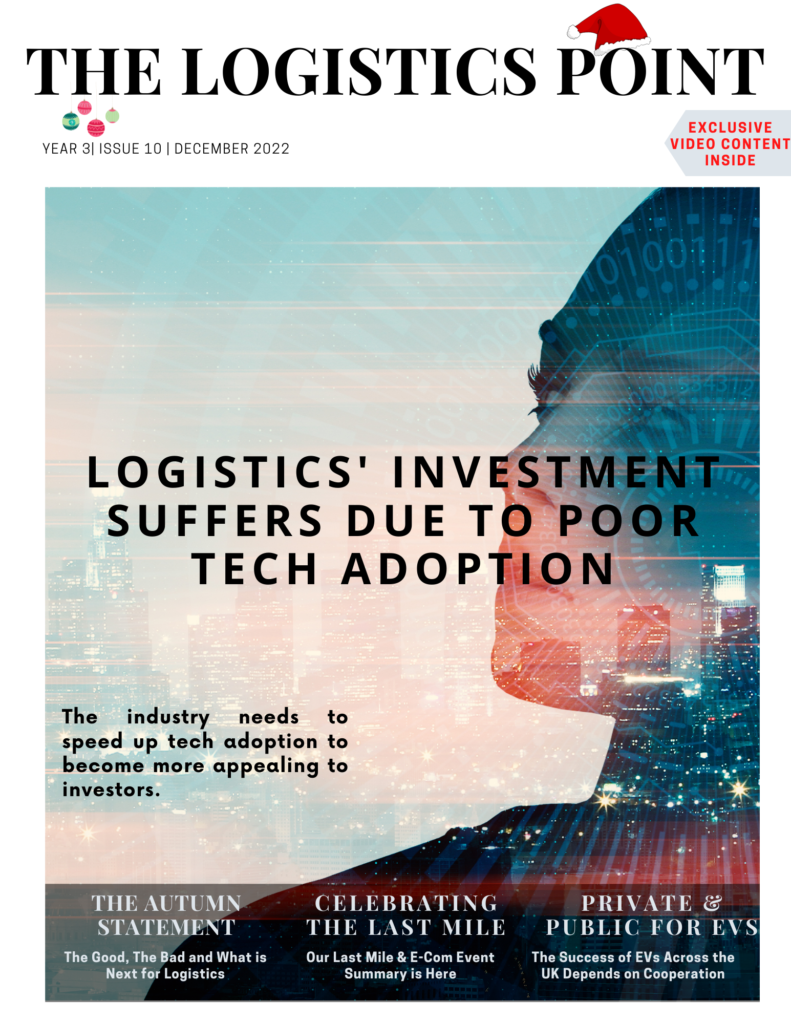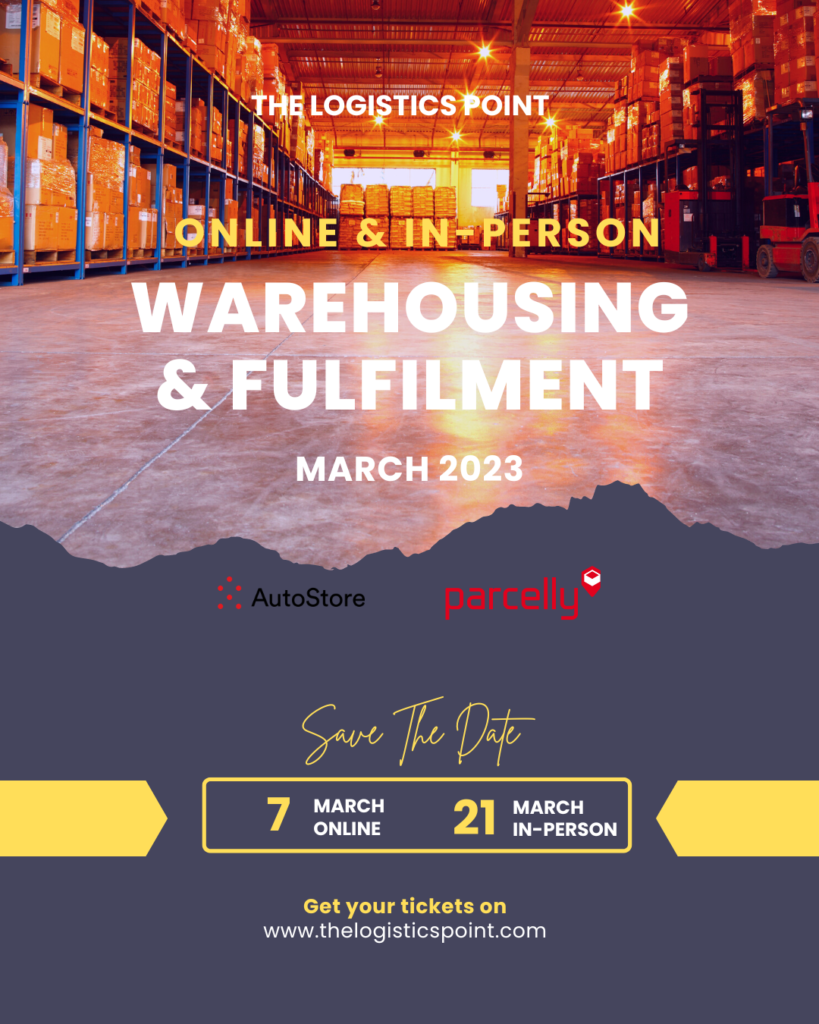Agility and resilience are key buzzwords in supply chain conversations today due to the benefits they provide. But how do organisations bring these capabilities into their operations and deliver measurable results? In this Q&A, Claire Rychlewski, SVP EMEA, and Fraser Ironside, Director of Business Consulting at Kinaxis discuss the importance of incremental steps when it comes to new technology adoption and the impact this has on stakeholders within the business.

What practical steps can be taken by organisations to achieve greater agility within their supply chains?
Claire Rychlewski: A key first step for organisations is taking a macro level look at their operations and leading on from there. For example, if a port strike takes place, what are the alternative options to ensure that customer orders can still be fulfilled? To achieve that, they need all the relevant data to hand to make the fundamental business decisions in times of crisis.
Fraser Ironside: To gain access to that data to be more agile, technology is the enabler. The second step is integration of solutions to enable visibility to recognise a problem, coupled with the end-to-end transparency to analyse all the potential consequences of an event and communicate
the resolution to stakeholders. Technology can also break down silos and remove the reliance on disparate spreadsheets.

Where does agility meet strategic planning and operational planning?
CR: Agility goes hand-in-hand with both strategic and operational planning. Utilising the right technology will enable organisations to tie KPIs together to bring a sharper focus on end goals and help reduce costs. Solutions can encompass optimisation, artificial intelligence, machine learning and custom heuristics to contend with a number of external factors that can impact supply chain decisions.
However, beyond technology, agility needs people to collaborate with each other on a constant basis to ensure effective planning.
FI: The old way of planning, even in the strategic sense, was to gather the sales department and record their demand forecasts. After that was deciphered, it was sent over to the supply side of the business, with production then deducing whether the appropriate materials, equipment and labour was in place. But now, this whole process simply takes too long. To avoid the possibility of losing market share and sales, businesses need the agility to make quick planning decisions today.

What is the relationship between agility and business sustainability?
CR: Agile and resilient supply chain planning has a key role to play in sustainability. Those with the ability to pivot quickly are best placed to synchronise strategies and operational capabilities to achieve sustainable practices. This could for example involve steps to use fewer raw materials, reduce fuel costs and waste and help save time for employees to focus on other responsibilities. Freeing up under-stress managers with technology can enable them the opportunity to integrate green initiatives.
FI: Resilient and agile businesses are finding ways of cascading a number of sustainable practices throughout the supply network. More efficient operations in the warehouse will be irrelevant if transportation isn’t considered. Being able to precisely predict and balance supply and demand can help to eradicate wasteful overstocks and expensive stock-outs. Agile, real-time scenario planning can give organisations the opportunity to meet regulations such as the Corporate Average Fuel Economy (CAFE).
What is the cost of failing to achieve agile processes?
CR: Companies are making last minute decisions because of the lack of insight to be agile. Many are therefore opting for expensive options to get their products to customers on time. Managers without the technology to be more agile are also less able to think holistically or work collaboratively with others due to lack of time. It leaves businesses in the dark as to what the future could or should look like.
FI: If there isn’t the technology there to enable agility, a business is relying solely on the heroics of its people. In a sector plagued by skills shortages and a premium on talented people, teams are typically working long hours and constantly fighting fires. This isn’t just leading to financial costs, but is also taking a toll on the mental health of supply chain professionals. Ultimately failing to address this will lead to the best talent looking for a career elsewhere. ✷

